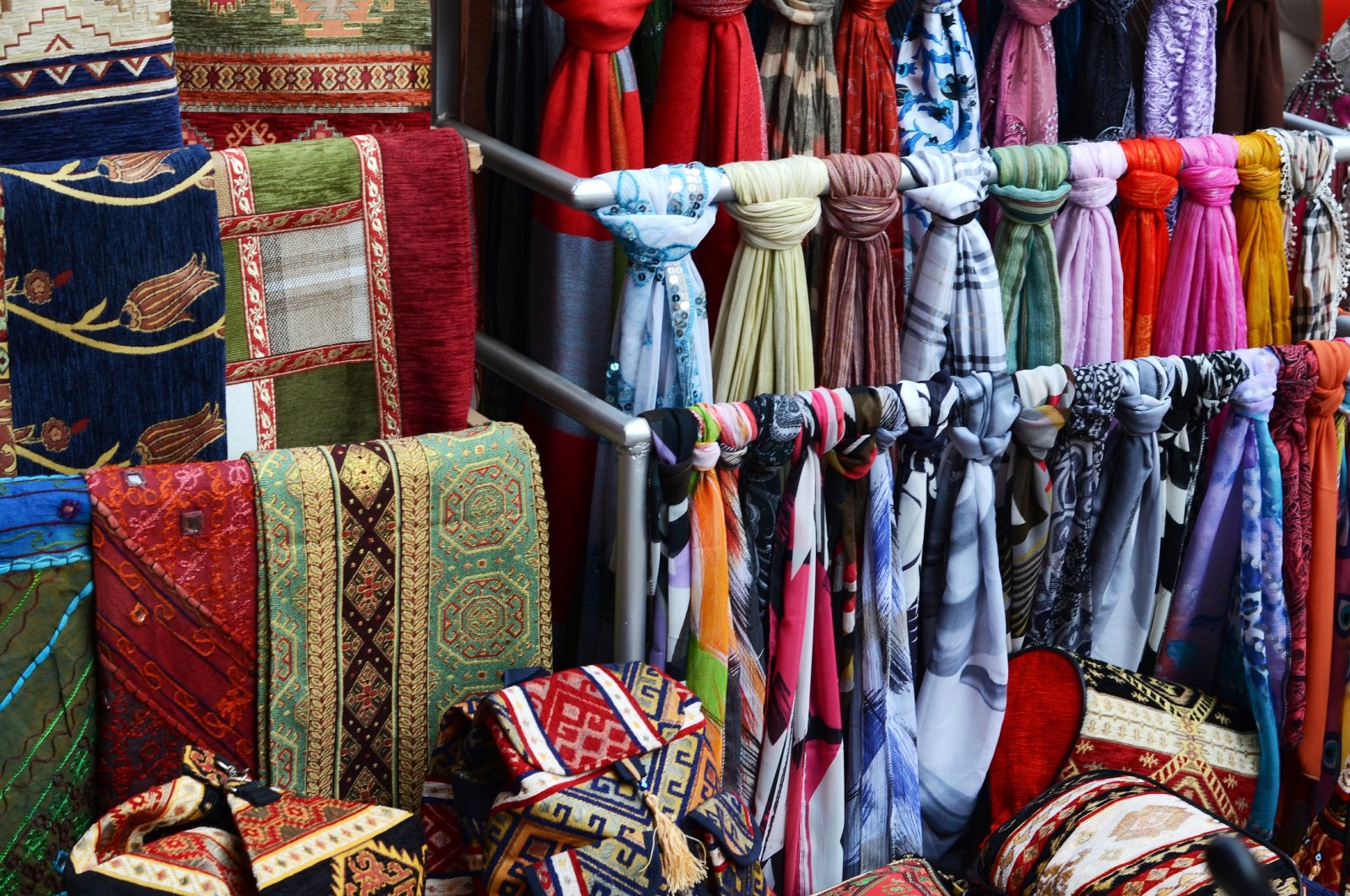
Türkiye's richness in terms of its weaving culture cannot be overstated, with each region boasting unique, local and traditional techniques, fabrics and clothes created by hand and adorned with the history of Anatolia
Weaving is an important part of the rich Anatolian culture, as a sector of production with a deep-rooted history and a branch of handicraft. This art form, which has existed since prehistorical times, has also been a means of expression for civilizations. In time, the search, evolution, personal taste and ornamentation have developed to create the variety of patterned fabrics in Anatolia today.
In the 21st century, while the textile sector continues its existence, a lot depends on advanced technology for continued production and trade, and boutique local weaving has struggled to survive in Anatolia. Documentation and maintenance of traditional and contemporary local weaving techniques, without losing their structural characteristics, is very important to pass the craft on to future generations.
It is possible to say that weaving dates back thousands of years, according to archaeological findings related to weaving from excavations carried out in Anatolia. Today, weaving continues its existence as the most basic arena among the different professions related to the textile sector.
For example, Istanbul, Bursa, Denizli, Gaziantep and Burdur, known as weaver cities in the past, still maintain this identity. In addition, many villages and towns continue to maintain their names in relation to their unique weaving characteristics. For this reason, we can say that Anatolian weaving has an important place in the history of art.
Local weaving, listed as one of the oldest art forms in the history of humanity, has traditional textures and is a part of our culture. It is a form of expression that conveys the feelings and visual tastes of locals. The techniques developed by the weaver's dexterity and creativity give the fabric a local identity.
Although I do not have enough words of praise for the detailed craftsmanship and the resultant art, I have prepared a list of common or little-known weaving types that are still produced in Türkiye today. I hope you enjoy reading it.
Burdur particolored
Weaving in the southwestern province of Burdur has a history of about 300 years. The most well-known weavings are Ibecik cloth, Dastar and Burdur alacası (particolored). It is one of the oldest handicrafts of Burdur. In particular, cloth called "Burdur particolored" and "Burdur cloth" was woven on looms and is still popular today. Currently, there are several families engaged in weaving under the brand of "Dastar" in the village of Ibecik in the Gölhisar district and making their living from it.
Boyabat circle
The Boyabat circle is a thin cotton fabric of approximately 1 square meter (10 square feet), used as a head covering or veil in the region, surrounded by burgundy colored bands and decorated with motifs created with colored threads in the middle. Despite the wide variety of head coverings, women still use the circle extensively in some villages of the Black Sea district of Boyabat – around the towns of Durağan and Saraydüzü. In addition, each motif woven into the circles has a different cultural expression and a different story. The Boyabat circle has also received registration as a geographical indication.
Ehram
The eastern Anatolian province of Erzurum's "ehram" – or "ihram" – is the name of women's outerwear made of finely spun sheep wool, which is obtained by weaving with a flat surfaced shuttle via laborious stages. Although there is no definite information about when the ehram first began being woven and used in written sources, it is stated that it has been in use since the 1850s in its current form. For ehram, wool sheared in the sixth and seventh months is used. The value of the ehram is directly proportional to the fineness of the threads. Ehram is embroidered by hand during or after weaving. This precious fabric, which is a preferred handicraft due to it being free of chemicals, has been adapted today from its traditional use to modern varieties, ranging from women's and men's clothing to accessories like women's handbags, wallets, knee pads, men's vests, ties and belts. Ehram also has a registered geographical indication.
Hatay silk
Southern Hatay province's silk weaving can be seen in its districts of Samandağ, Defne and Harbiye. Silk weaving has been known and popular in the region since the Byzantium era. Today, one of the largest groups keeping Hatay silk weaving alive is the Büyükaşık family. It is a local weaving technique, where the warp and weft are made of natural white silk threads, using plain and twill weaves, with a width of 80 to 100 centimeters (31.5 to 39 inches). There are no patterns in the weavings. Since silk is a valuable material, thicker weavings such as "sadakor" are woven with silk threads obtained by not discarding the cocoon residue left after spinning the cocoon. Shirts, bed linen, girdles and various other clothes are made using this weaving technique.
Siirt's şal şepik
The "şal şepik" is a local attire of the country's western Siirt region. The fabric is generally used to make a traditional outfit that consists of a "shawl," which are the trousers worn underneath the "shepik," the upper garment. The shawl shepik fabric is produced entirely from goat mohair. The goat mohair is starched with asparagus roots and colored with natural root dyes. No chemicals are used in its production. The fabric has a width of 33 centimeters and a length of 130 to 1,300 centimeters. The history of this fabric, which has the feature of keeping one warm in winter and cool in summer, is based on a tradition dating back approximately 600 years. Spinning the goat mohair into a thread and weaving the shawl shepik fabric takes about a month. The process of obtaining yarn from goat mohair, weaving, sizing, dyeing and smoking the fabric is peculiar and unique to the region and requires a mastery of several skills.
